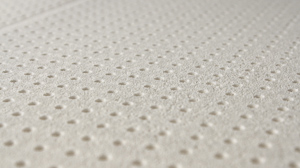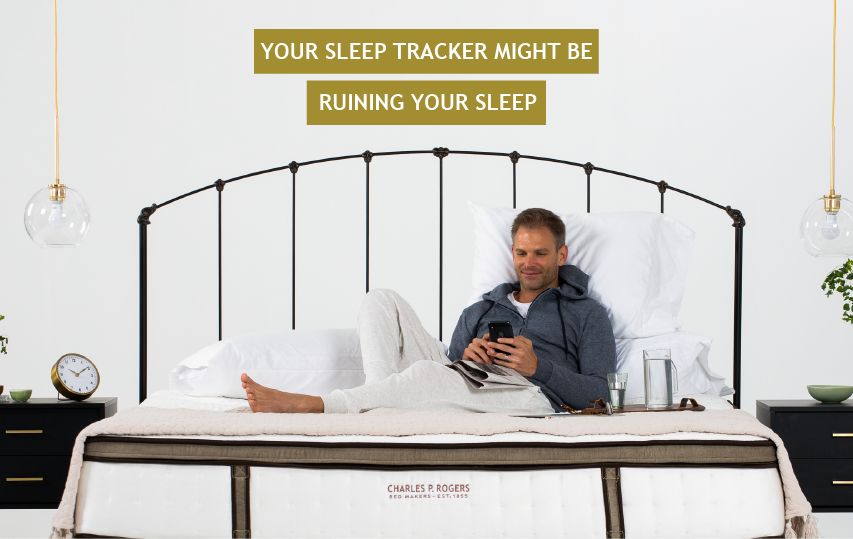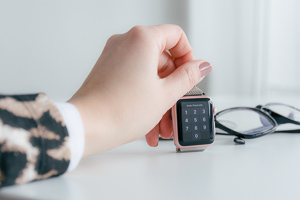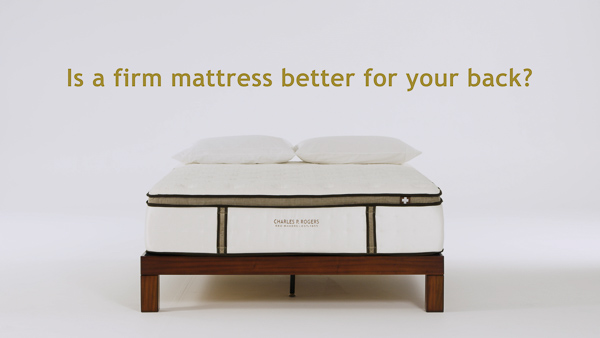
In the old days, they said if you had back pain you needed to stick a board under your back. Has this held up? The answer might surprise you.
Over time, mattress technology has advanced greatly. So great, in fact, that you don’t need to sacrifice comfort for good support. Most mattresses are built from the bottom up. Take Rogers mattresses, for example. We start with the Powercore spring unit. On top of that are different combinations of what we call comfort layers, which are called that because they are indeed there for your personal comfort. The Powercore spring unit is doing all the heavy lifting supporting your back, while the comfort layers cushion you where you need cushioning.
Because of this modern form of mattress construction, different plushness levels will be better for different types of sleepers. Here are some rules of thumb you can follow, if you’re wondering if soft or firm is best for you.
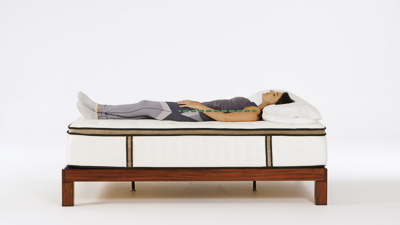
If you’re a back sleeper, stick to firm. Back sleepers need the even weight distribution to keep their spines aligned.
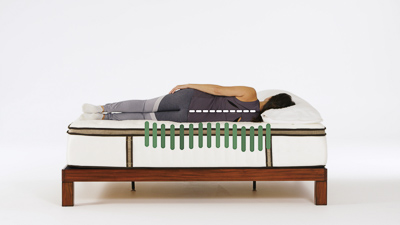
Side sleepers are different due to the curves in your body-your hips and your shoulders need somewhere to go. A little cushion allows them to sink in, which in turn allows your spine to straighten.

Stomach sleepers tend to enjoy the softest mattress. When you sleep on your stomach, it’s likely you put your arms underneath you to snuggle up. You need plenty of cushion to make sure those muscles aren’t getting pinched.
It’s important when you’re shopping to focus on comfort and support, rather than firm or plush. As long as a mattress has a good support system- like our Powercore pocketed coils – any amount of plush top will be plenty supportive for your back.







